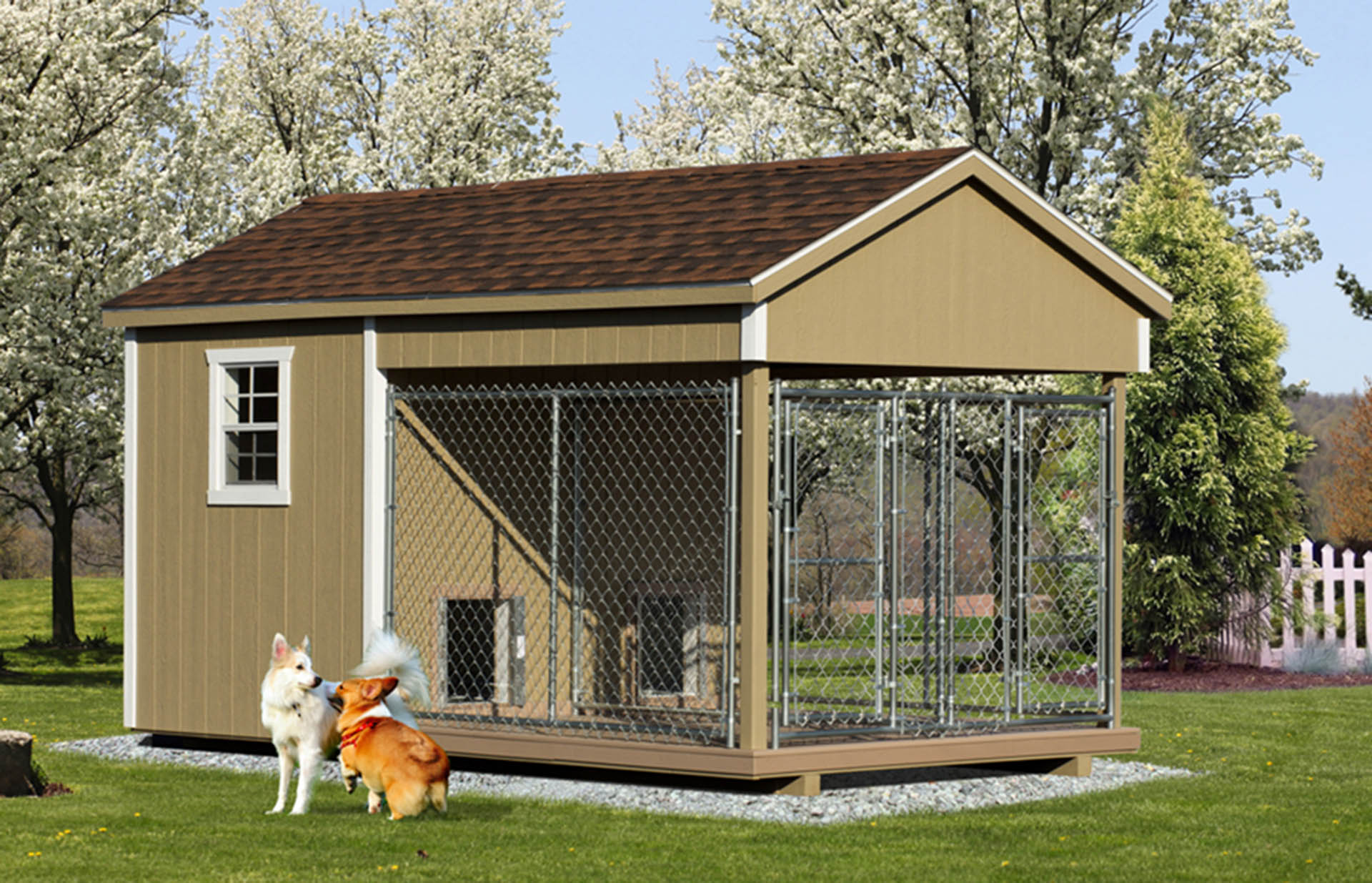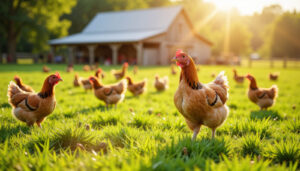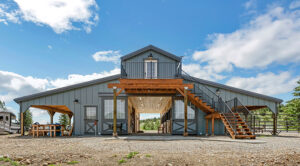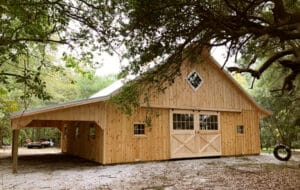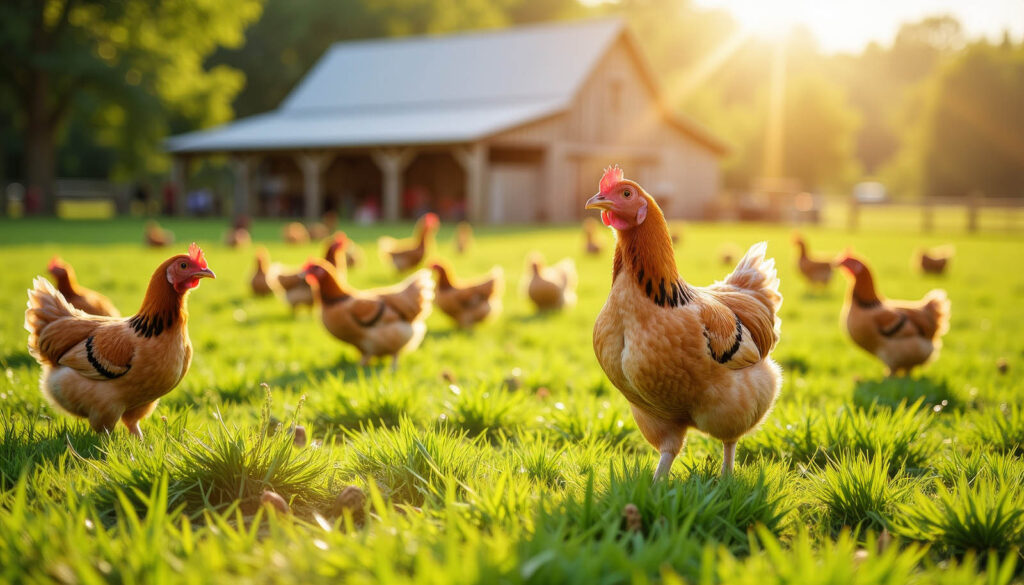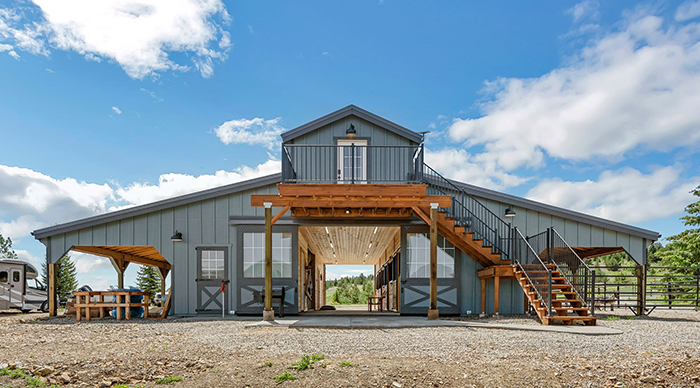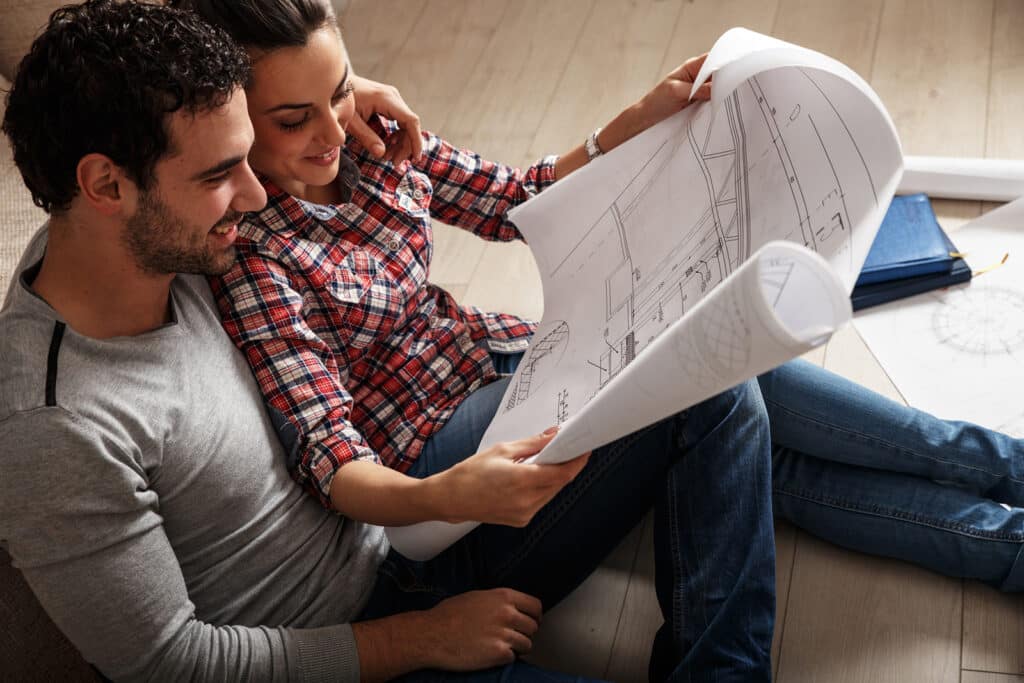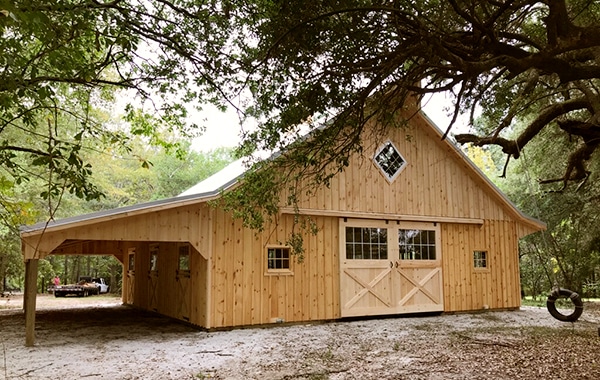Blog by: Kim Cabatuan, Outreach Specialist for Open Colleges
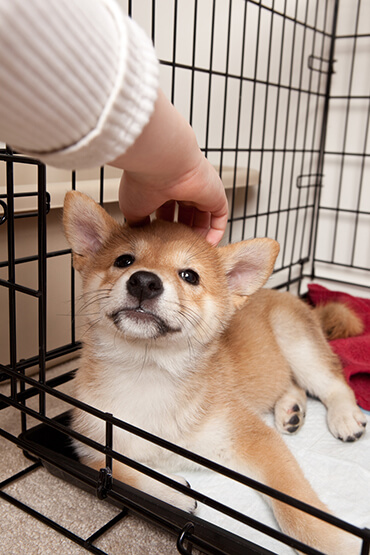
Have you thought about keeping your dog in a crate especially if you tend to go out of the house for longer periods of time? Is placing a dog in a kennel safe? Is it even “right”?
If so, you might consider crate training for your puppy or full grown dog.
Dogs are actually den animals and they rely on a den for various reasons. A den is part of their natural instinct and they use it in order to hide from incoming danger, raise their families, and to sleep.
Thus, it is only natural for a dog to have his own den and, as a pet owner, it’s alright to use a crate or kennel. Of course, it’s not going to be cruel for your dog if it’s done correctly.
Here are some tips on how to crate train a dog.
Depending on how well your dog catches up with your motivations, crate raining can take days or even weeks. Training your dog to use the crate or kennel should revolve around taking it step by step and help the dog associate the crate with something favorable for him. Alternatively, you may ask your local veterinarian for tips on crate training.
Also essential is choosing the right crate or kennel for your pet. You only want the best for your dog so pick only those that are of good quality and excellent craftsmanship. Additionally, you may opt for dog houses and pens if you have an active dog who loves playing and staying outdoors.
Introducing the Crate or Kennel
When it comes to picking a location for the crate or kennel, have it placed in an area in your house where most of your family members spend a lot of time so that the dog will not feel lonely or abandoned.
Bring them in the crate and encourage them to get in using a happy tone of voice. Slowly but surely, start placing a few treats on the floor leading towards the entrance of the crate and finally deep inside. You may also use and place his or her favorite toy inside the crate in order to urge your pet to get familiar with the crate.
In any event that the dog does not want to enter, do not force them. This is alright and you need to adjust to the dog’s pacing in order for the trick to work.
Put a pillow or towel in the floor of the crate to make it comfortable for your pet. This might also encourage your dog to start sleeping in the dog house right away.
Feeding inside the Crate or Kennel
Once your dog has started to get acquainted with the crate or kennel, feed them their regular meals only when they are inside. This will help your pet associate the kennel with food and this will certainly increase their happiness.
Place the dog dish way inside. If they are hesitant to enter, put the meal somewhere near the door. Then on the succeeding meals, put the dish further into the crate.
Close the door only when your dog has started munching on his meal comfortably. If he or she starts to whine, let the door remain open for a few minutes then close it once he or she is done with the meal.
Crating for longer duration
If they whine and want to be let out, this is an indication that you may have put them inside for too long. However, don’t let them out when they are whining since they will learn that a whine is their ticket to get out. Instead, let them out only when they stop. This is very important or else the dog may pick the bad habit of whining in order to get out and this could prove annoying plus, you might need a professional in order to deal with this.
Use a command word such as “kennel” when it’s time for them to get inside the crate. Once they do enter, don’t forget to praise them or give them a treat before closing the door.
Before you start leaving your dog inside the crate for a long period of time, make sure to do this exercise: Sit near the kennel for five minutes and go into another room(out of the dog’s sight) for a few minutes. When you return, sit near the crate for another few minutes before taking them out. Repeat this process a few times in a day while increasing the time they’re inside the crate and the time you’re out of their sight. Once they behave inside for about half an hour with you out of their sight, then it’s safe to assume that you can crate them for a longer period of time.


